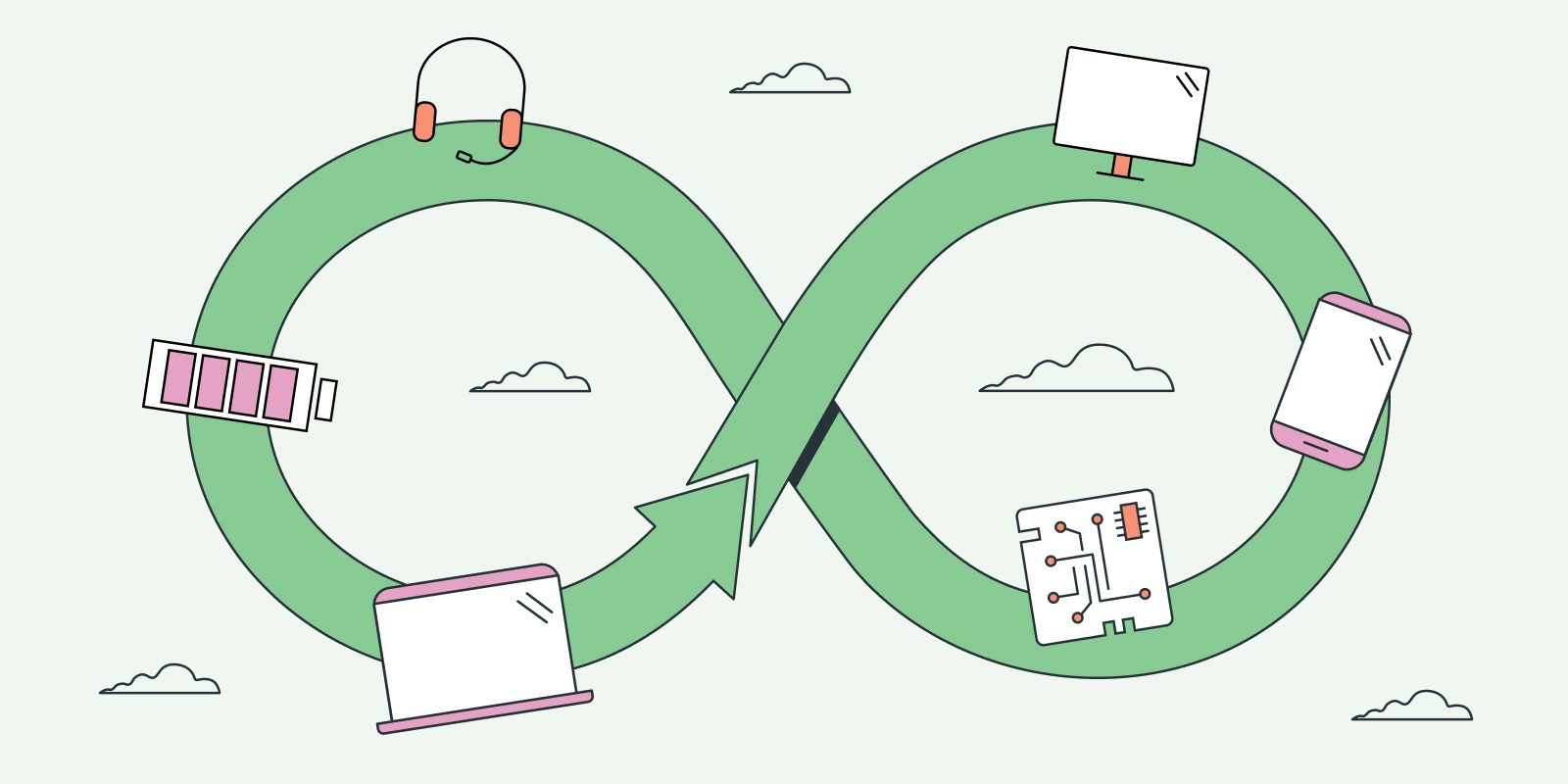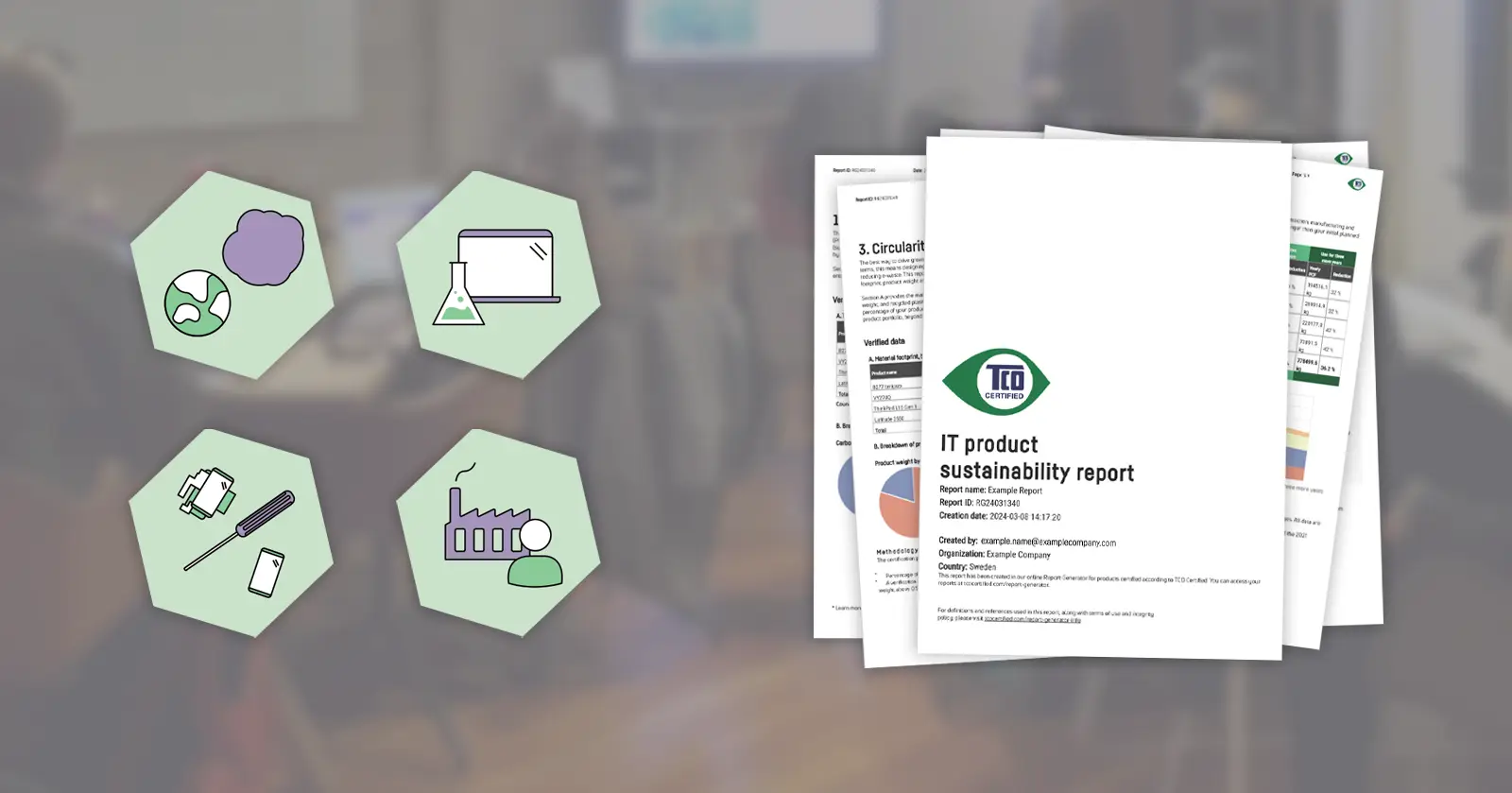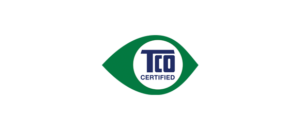Ecolabels can make sustainable procurement easier and more efficient. However, if the system behind the label is poorly designed, you risk being subject to greenwashing. This article explains what it takes to develop a trustworthy ecolabel and presents three key questions that will help you find an ecolabel with the capacity to make the impact you aim for.
As a purchaser, you don’t need to know everything yourself to be strategic and successful in sustainable procurement. A trustworthy ecolabel does a lot of the heavy lifting for you, allowing you to stay ahead, especially when legislation is lagging. It includes relevant, comprehensive and updated criteria that push sustainability where it matters most. And even more importantly, it verifies compliance with all criteria. This is something that otherwise takes a lot of time and resources — and for products with a complex supply chain, it may not even be possible without deep knowledge of sustainability and a network of experts with access to factories all over the world.
There are however large differences in scope and methods between ecolabels. If a robust system of verification, follow-up and accountability is lacking, and product compliance is based on self-declarations and unverified product claims, you risk falling into the greenwash or bluewash trap.
Developing a robust ecolabel takes time and effort. Take TCO Certified as an example — it includes a comprehensive system of up-to-date criteria, independent verification of compliance and a structured system for continuous improvement to drive real and lasting change. To stay ahead of changes in legislation and technical developments, a new generation of TCO Certified is released every three years. We’re currently working on the development of TCO Certified, generation 10, which is due to be launched in December 2024. The development process includes more than 30,000 hours of analysis, development and design of the new criteria and verification methods:
Here’s an overview of what the development process includes:
- Sustainability challenges are continuously monitored. About two years before a new generation is launched, we thoroughly analyze and compare all these challenges to see where and how we can make the biggest impact.
- We then discuss challenges and possible solutions with a broad scope of stakeholders including representatives from the academic world, purchasers and other representatives from purchasing organizations, and the IT industry.
- At this stage, we have decided on a number of focus areas, and need to find the right criteria level where we challenge the IT industry and drive sustainability but at the same time, avoid setting criteria that are impossible to meet.
- Once we have designed the first version of the criteria and verification methods, we publish a draft of the new generation. All stakeholders are welcome to comment and give their input during a two-month period. We then review the comments and apply necessary changes before we release a new draft, open it up for comments, and make adjustments one more time.
- After the two drafts, we publish the final version of the criteria document. Now, IT brands can apply for product certification according to the new generation.
So, how do you know if an ecolabel is trustworthy? Based on our more than 30 years of experience in this field, here are three questions that will help you evaluate ecolabels, to decide which one you want to rely on in procurement.
1. Does it include up-to-date environmental and social sustainability criteria?
- Multi-attribute criteria, covering environmental, social and governance aspects (ESG).
- Criteria rigorous enough to make a measurable impact beyond legal requirements.
- Science-based criteria, with clear testing thresholds and without loopholes.
- Circularity criteria, demanding products are durable, repairable and upgradeable.
- Supply chain responsibility criteria that include all ILO Core Conventions and require independent factory audits.
- The same criteria apply globally.
- All criteria are mandatory.
2. Does it include mandatory independent verification of compliance?
- Verification is carried out by an independent party — not brands, manufacturers or anyone representing their interests.
- Verification is mandatory every time, with no exceptions.
- Verification is mandatory for all criteria.
- Verification includes both the product and the supply chain, especially worker impact.
- You as a purchaser have access to proof of compliance.
3. Does it include a system of industry accountability and consequences?
- A system of continued monitoring is in place, for the product and the supply chain.
- Reported impact and data are traceable back to an independent test report.
- A corrective action system is in place to ensure that non-conformities are corrected.
- There are consequences in place if non-conformities are not corrected within the agreed timeframe.
- The ecolabel or certificate is withdrawn for products are persistently non-compliant.
When it comes to TCO Certified, the answer will be yes for all three questions. Including TCO Certified in procurement policies and tenders is an easy, independently verified way to drive environmental and social responsibility in the life cycle and value chain of electronics. The comprehensive criteria are matched with extensive, rigorous verification of compliance. Each year, independent experts spend more than 20,000 hours on product tests and supply chain assessments, to ensure that the sustainability impact you expect actually is achieved.
By using TCO Certified, your voice gets directly into the IT supply chain and is aligned with the voices of thousands of other purchasers globally. Together, we push the IT industry in the right direction.




